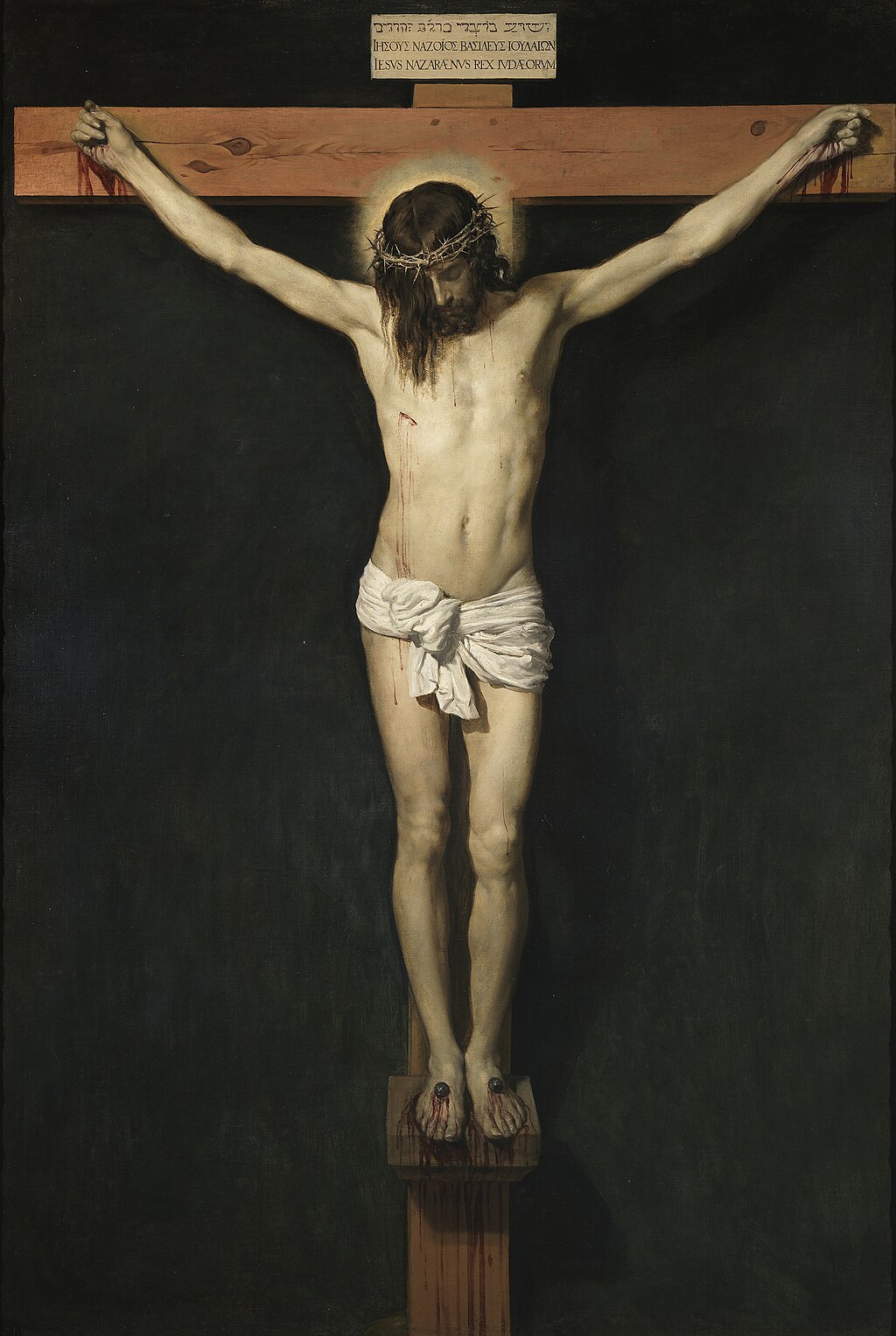
Christianity is a monotheistic and Abrahamic religion. The essence of Christianity revolves around the life, death and Christian beliefs on the resurrection of Jesus. Christians believe God sent his son Jesus, the messiah, to save the world. They believe Jesus was crucified on a cross to offer the forgiveness of sins and was resurrected three days after his death before ascending to heaven.
The mainstream Christian belief is that Jesus is the Son of God, fully divine and fully human and the savior of humanity. Because of this, Christians commonly refer to Jesus as Christ or Messiah. Jesus' ministry, sacrificial death, and subsequent resurrection are often referred to as the Gospel, meaning "Good News". In short, the Gospel is news of God the Father's eternal victory over evil, and the promise of salvation and eternal life for all people, through divine grace.
Worldwide, the three largest groups of Christianity are the Roman Catholic Church, the Eastern Orthodox Church, and the various denominations of Protestantism. The Roman Catholic and Eastern Orthodox patriarchates split from one another in the East–West Schism of 1054 AD, and Protestantism came into existence during the Protestant Reformation of the 16th century, splitting from the Roman Catholic Church.
Christianity began as a Jewish sect in the mid-1st century. Originating in the Levant region of the Middle East (modern Israel and Palestine), it quickly spread to Syria, Mesopotamia, Asia Minor and Egypt. It grew in size and influence over a few decades, and by the end of the 4th century had become the official state church of the Roman Empire, replacing other forms of religion practiced under Roman rule. During the Middle Ages, most of the remainder of Europe was Christianized, with Christians also being a sometimes large religious minority in the Middle East, North Africa, Ethiopia and parts of India. Following the Age of Discovery, through missionary work and colonization, Christianity spread to the Americas, Australasia, sub-Saharan Africa, and the rest of the world.
Christians believe that Jesus is the Messiah prophesied in the Hebrew Bible, referred to as the "Old Testament" in Christianity. The foundation of Christian theology is expressed in the early Christian ecumenical creeds which contain claims predominantly accepted by followers of the Christian faith. These professions state that Jesus suffered, died, was buried, and was resurrected from the dead in order to grant eternal life to those who believe in him and trust him for the remission of their sins (salvation). They further maintain that Jesus bodily ascended into heaven where he rules and reigns with God the Father. Most denominations teach that Jesus will return to judge all humans, living and dead, and grant eternal life to his followers. He is considered the model of a virtuous life, and both the revealer and physical incarnation of God.
Estimated Followers: 2.4 billion
